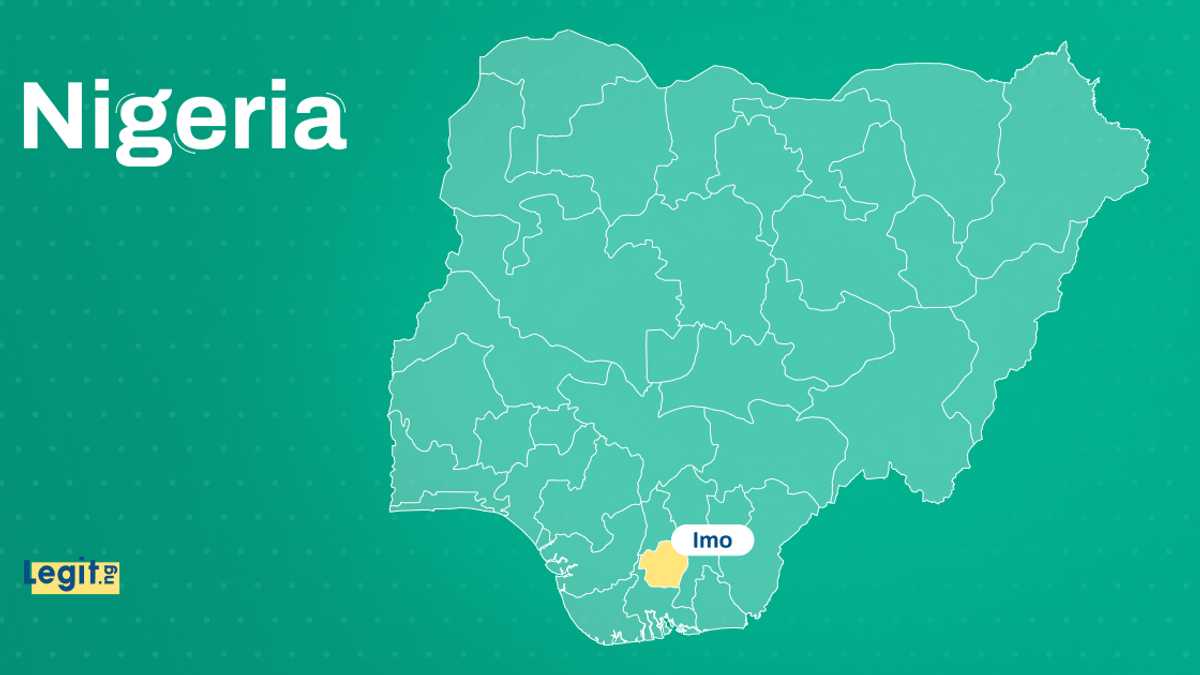When is period pain not normal? New website helps young people navigate when to seek care

For too many young people, period pain is a serious and overlooked health issue that keeps them from fully participating in school, work and everyday activities. But a team of UBC researchers wants youth to know they aren’t alone—and that help is available.
That’s the message behind Period Pain is Real Pain, a UBC project raising awareness about period pain and empowering young people to seek medical care when appropriate. Developed by UBC PhD student Zeba Khan together with youth partners, medical professionals and researchers at UBC’s Endometriosis and Pelvic Pain Laboratory, the website includes an easy-to-use self-assessment tool to help youth determine if they should speak with a healthcare provider.
We spoke with Khan (ZK) and Dr. Catherine Allaire (CA), a clinical professor in UBC’s department of obstetrics and gynaecology, about how they hope to break the silence around period pain.
Period pain is one of the most common gynecological conditions, impacting over 60 per cent of females of reproductive age. Yet, there is a frequent and harmful narrative that period pain is ‘just part of being a woman,’ which normalizes severe pain and makes it difficult for people to talk about it or seek care.
: We created this campaign to validate period pain experiences and empower youth with the latest evidence-based information. Period pain is most intense during adolescence, and for many young people, it holds them back from fully participating in day-to-day activities. We want youth to know they are not alone in their period pain and there are options that can help them manage it.
The website has a period pain quiz that was developed by Australian researchers at the Canberra Endometriosis Centre. This two-minute quiz provides a period pain score between zero and five and suggests helpful next steps. We also included pain-relief suggestions, and resources about period pain and related conditions like endometriosis.
We collaborated with eight youth partners with lived experiences of period pain to develop the website. The campaign title, “Period Pain is Real Pain,” was identified by youth as it encapsulates how they feel about painful periods—period pain is invisible, but it is very real and impossible to ignore.

Some discomfort during periods is common and normal. However, the pain is not normal if it impacts day-to-day function and prevents someone from participating in social activities, school, work and sports. If this is the case, we encourage youth to talk to a healthcare provider, such as a family physician or a nurse practitioner.
: Severe and persistent period pain may indicate an underlying gynecological or pelvic condition, such as endometriosis. A healthcare provider will be able to formally assess and explore options for treatment. Period pain that interferes with daily functioning should not be ignored, as it would delay access to treatment and pain relief.
Over-the-counter medications like ibuprofen can improve period pain. Hormonal contraceptives are also known to help with period pain. Complementary interventions, such as applying heat to the affected area and using a transcutaneous electrical nerve stimulation (TENS) device, can be helpful, in addition to self-care activities, such as exercise, mindfulness and eating nourishing food.
: This campaign is part of a research project I’m leading to better understand Canadian youth’s experiences of period pain and how they access care. As a next step, I’ll be conducting interviews with youth and healthcare providers to help create additional resources for the website.
: Another project we’re leading from the UBC Endometriosis and Pelvic Pain Laboratory is looking at how some adolescents with period pain can begin to develop chronic pain. The goal is to recognize period pain early, allowing earlier treatment and therefore preventing chronic pain in the future.
This initiative was funded by the UBC Public Scholars Initiative and the BC Women’s Health Foundation.












